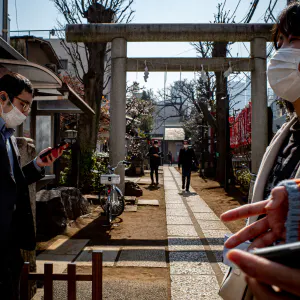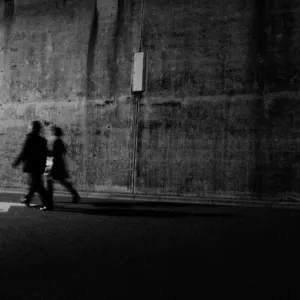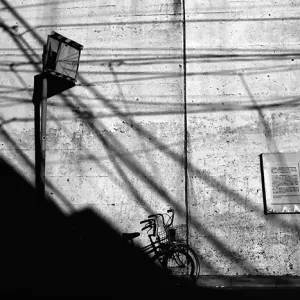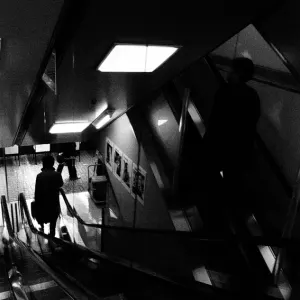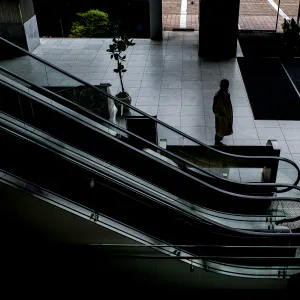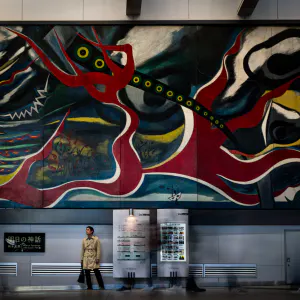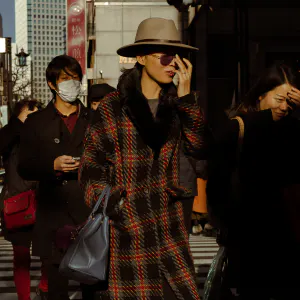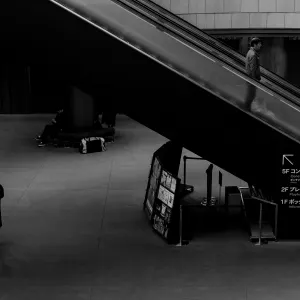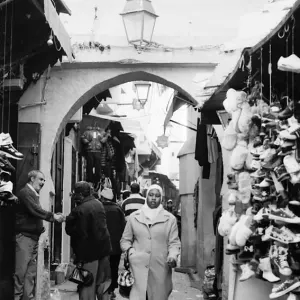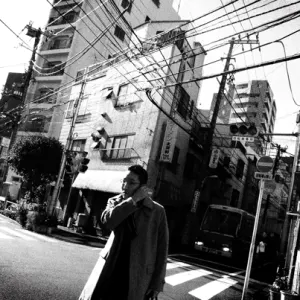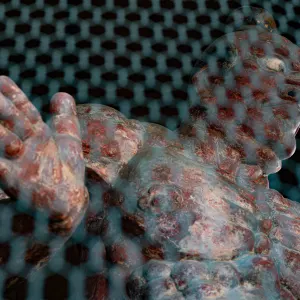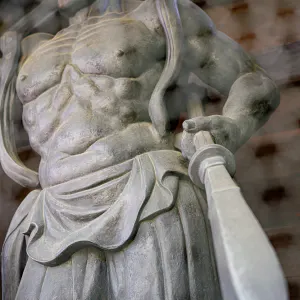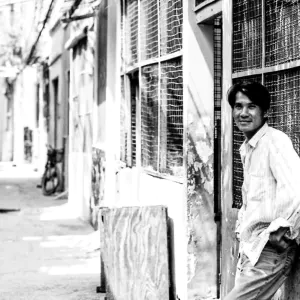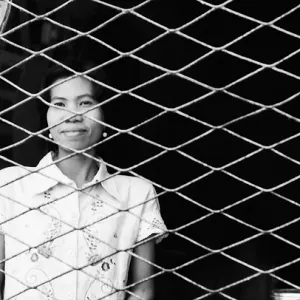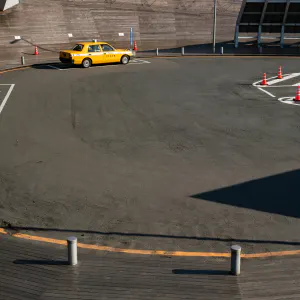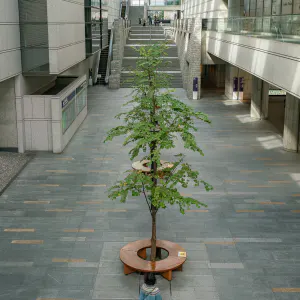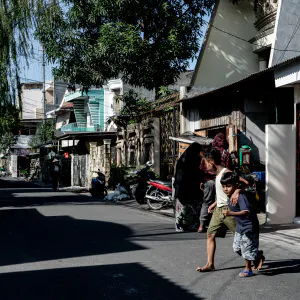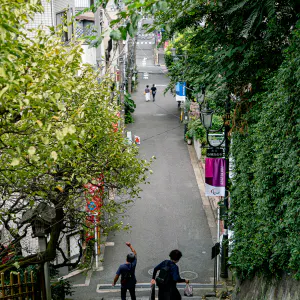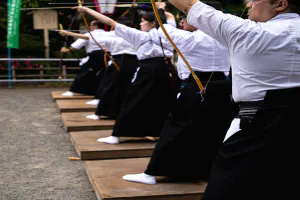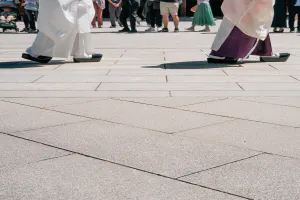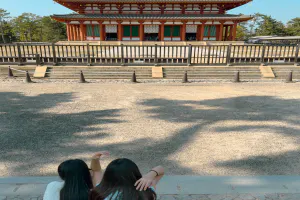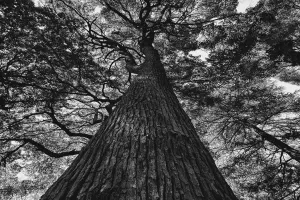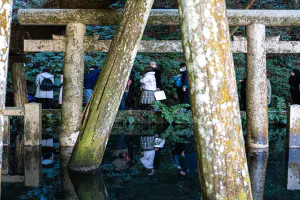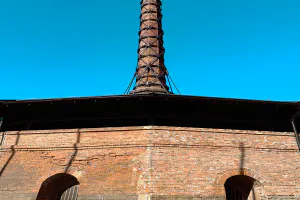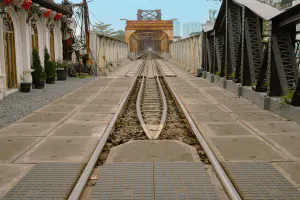A woman wearing a trench coat was crossing a pedestrian bridge that was secretly built beside the railroad tracks
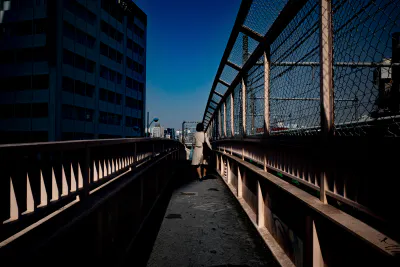
A temple dedicated to Mazu is a common sight in Taiwan, but not so common in Japan. Mazu is said to have existed over a thousand years ago in Fujian Province, and is considered to be the goddess of navigation. Over time, she has transformed from a guardian deity of maritime activities to a general guardian deity, and is very popular in Taiwan and throughout Southeast Asia. There are Taoist temples dedicated to Mazu everywhere in the Chinese cultural sphere and in places where there are overseas Chinese.
In Japan, however, the god of navigation is much better known as Sumiyoshi-daishin, including Sokotsutsunoo-mikoto, Nakatsutsunoo-mikoto, and Uwatsutsunoo-mikoto. Therefore, I thought there were not many temples dedicated to Mazu in Japan, but I was wrong. What I didn't know was that in 2006, the Yokohama Mazu Temple was inaugurated in Yokohama Chinatown, and in 2013, the Tokyo Mazu Temple was inaugurated in Okubo.
So on this particular day, I came to Okubo to visit the Tokyo Mazu Temple. I followed a woman in a trench coat across a pedestrian bridge that spanned the side of the railroad tracks, and headed for Okubo. The Mazu Temple, located in a crowded area of buildings, was unexpectedly a four-story temple. There was a deity on each floor, and offerings were placed on a table in front of each god. Assumptions are scary things, and I felt somewhat uncomfortable when I found myself in a building where the temple had multiple floors. Somewhere in my mind, I seem to selfishly believe that temples are one-story buildings.
| Sep 2021 PEOPLE TOKYO | |
| BACK SHOT COAT OKUBO PEDESTRIAN BRIDGE WIRE NETTING |
PHOTO DATA
No
12019
Shooting Date
Feb 2021
Posted On
September 4, 2021
Modified On
September 6, 2024
Place
Okubo, Tokyo
Genre
Street Photography
Camera
RICOH GR III
